CR2025 vs CR2016: Which one you should choose ?
Introduction
Coin cell batteries have become ubiquitous in powering small electronic devices, from wristwatches to key fobs to calculators. Among the varieties available, CR2016 and CR2025 are two common types. While they may seem similar, they possess distinct differences that can significantly impact their suitability for specific devices. Understanding these disparities is crucial for making informed choices regarding battery selection.
Catalog
What are CR2025 Button Batteries?
CR2025 is a type of lithium coin cell battery. It's a small, round, flat battery commonly used in various electronic devices such as watches, calculators, remote controls, key fobs, and small electronic gadgets. The "CR" in its name stands for lithium manganese dioxide chemistry, and "2025" refers to its dimensions: 20mm diameter and 2.5mm height. These batteries are known for their long shelf life and stable voltage output, making them popular choices for low-power devices.

Figure1-CR2025
What are CR2016 Button Batteries?
CR2016 is another type of lithium coin cell battery. Like the CR2025, it is commonly used in small electronic devices such as watches, calculators, key fobs, and remote controls. The designation "CR" indicates it uses lithium manganese dioxide chemistry, and "2016" refers to its dimensions: 20mm diameter and 1.6mm height. These batteries provide a reliable power source for low-power devices and are appreciated for their long shelf life and consistent voltage output.
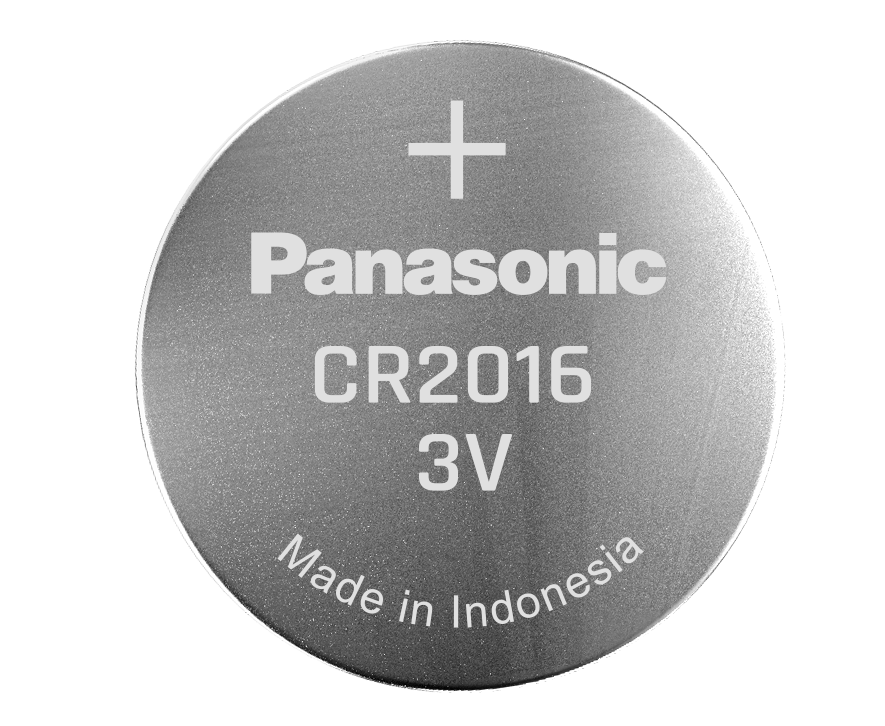
Figure2-CR2016
CR2025 vs CR2016: Voltage, Diameter, Chemistry, Usage
Both batteries are similar in Voltage, Diameter, Chemistry, and Usage. The chemical composition of lithium manganese is the same in CR2025 and CR2016. Three volts is the voltage between two batteries. In theory, we could utilize all of them interchangeably, but more later. The battery code indicates two batteries with a diameter of 20 mm.
CR2025 vs CR2016: Thickness
Most button batteries have different diameters or thicknesses. Using the last two digits of the battery's name, expressed in tenths of a millimeter, one may determine the thickness of a typical CR series battery. The CR2025 battery has a thickness of 2.5 mm. The thickness of a CR2016 battery is 1.6 mm. The CR2025 battery therefore has a wall that is 0.9 mm thicker than the CR2016 battery. Both cells have the same 20 mm diameter, although the CR2025 is taller (2.5 mm) and the CR2016 is shorter (1.6 mm).

Figure3-CR2025 vs CR2016: Thickness
CR2025 vs CR2016: Capacity
The number of charges that a button or coin cell battery can hold is indicated by its capacity. The button battery's lifespan is directly correlated with its capacity. The quantity of active material in the button cell determines the battery's capacity.
The CR2025 holds 165 milliampere-hours. This number represents the evolution of electric power over time. This kind of battery is used in the majority of portable electronic devices, which require very little electricity to operate. Thus, this battery will last for more than 33 hours, or more than 1.5 days, if you're using it on a gadget that needs 5mA.
The CR2016 is equipped with a 90 mAh battery. This battery can run a gadget that needs 5 milliampere-hours for eighteen hours, or less than a day.

Figure4-CR2016 vs CR2025
CR2016 vs CR2025 Battery: Rechargeability
The rechargeability of Cr2016 and Cr2025 seems to be similar but there is a difference between them. Allowing electrical currents to flow through a battery during a recharge usually helps the battery function again. The Cr2016 and Cr2025 batteries, regrettably, cannot be recharged. Upon usage, they are intended to be discarded.
It is possible to recharge non-rechargeable batteries using battery chargers, even though this method is unsafe. In that case, the rechargeability of the Cr2025 battery is superior to that of the Cr2016 battery.
CR2016 Battery and CR2025 Battery: Equivalents
Depending on various factors, the CR2025 and CR2016 button batteries can be replaced with other types of batteries. Those factors include button chemistry, voltage, and dimensions (thickness and diameter). Following are the equivalents of CR2025 and CR2016 batteries by different firms.
The CR2025 and CR2016 button batteries can be swapped out with different kinds of batteries, depending on several variables. These variables include voltage, button chemistry, and dimensions (diameter and thickness). The CR2025 and CR2016 battery alternatives made by various companies are listed below.
CR2025
If the CR2025 battery does not fit in your device, you can use the interchangeable CR2016 and CR2032 batteries in its place. Other than that, each of the three has the same voltage and is 20 mm thick. The CR2032 and CR2016 batteries are x2 different in thickness (3.2 mm and 1.6 mm), yet both are more likely to be appropriate substitutes for the CR2025.
CR2025, DL2025, ECR2025, NA, BR2025, 208-205, DL20256B, BR2025-1W, CR2025-1W, and KCR2025 are some examples of CR2025 counterparts.
CR2016
The batteries CR1616, DL1616, ECR1616, BR1616, 280-209, DL 1616B, CR1616-1W, LM1616, KCR1616, 5021LC, L11, and L28 are equivalent to CR1616.
You may also like: CR2450 vs CR2032: Which model can replace CR2450?
CR2016 battery and CR2025 battery: Applications
Keyless entry remotes, remote starters, watches, clocks, toys, calculators, RTCs (Real Time Clocks), memory backup power sources, and other gadgets are just a few of the numerous gadgets that can profit from the exceptional performance and extended shelf life of CR2016 lithium coin cell batteries.
Similar to the CR2032 battery, the CR2025 battery finds extensive use in a variety of devices and applications, including electronic organizers, computer motherboards, automobile key fobs, watches, calculators, PDAs, pet collars, LED lights, sporting goods, pedometers, calorie counters, stopwatches, and medical equipment. As we've mentioned, the CR2025 battery works a little better in devices with limited mounting space within the battery compartment than the CR2032 battery.
CR2025 vs CR2016: Which to Choose?
The power requirements of your device and the available space for the battery are important factors to take into account when choosing between the CR2025 and CR2016. Choose the CR2025 if your gadget needs additional power or if the battery compartment can hold a larger battery. Choose CR2016 if your device only requires a slimmer battery or has limited room for one.
Conclusion
Exploring the complex world of CR2016 and CR2025 batteries, our in-depth study reveals an intriguing mosaic of parallels and differences. These two battery kinds generally exhibit similar characteristics such as size, voltage, and chemical makeup, but they differ in terms of thickness, capacity, and charging capabilities, in addition to their intended uses. These subtleties are crucial to the art of choosing and using batteries; they are by no means insignificant.
At first blush, one might be tempted to deem these batteries interchangeable. However, the devil lies in the details: the peculiarities of device design and the disparities in battery capacities weave a complex narrative, advising against such casual substitutions.
You could initially think that these batteries are interchangeable. But the devil is in the details, as differences in battery capacities and gadget design quirks create a convoluted story that warns against hasty replacements.
Selecting a battery requires a thorough grasp of these variations to assure compatibility and optimal performance; it's not just a matter of putting a piece into a puzzle. Furthermore, information truly is power when it comes to replacement batteries. Knowing the comparable product for every battery is like having a key to an always-ready supply; you can be sure that the correct battery for your gadget is always accessible, no matter where you are.

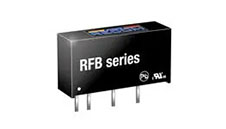 DC-DC converter RFB-0505S: Specification,Datasheet,Features and Applications6/13/2024 433
DC-DC converter RFB-0505S: Specification,Datasheet,Features and Applications6/13/2024 433The RFB-0505S is a DC-DC converter from RECOM Power, Inc., belonging to the RFB Series. It features a Single In-Line Package (SIP7) and provides a single unregulated output. This converter offers 1 watt of power with an output voltage of 5V and is rated for an isolation voltage of 1kV.
Читать далее >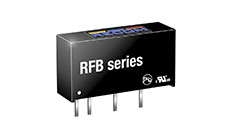 Understanding the RFMM-0505S DC-DC Converter: A Comprehensive Guide6/4/2024 617
Understanding the RFMM-0505S DC-DC Converter: A Comprehensive Guide6/4/2024 617In the world of electronics, ensuring efficient power management is crucial for the performance and reliability of devices. One of the key components in achieving this is the DC-DC converter. Today, we dive into the specifics of the RFMM-0505S DC-DC converter, exploring its features, applications, and benefits.
Читать далее >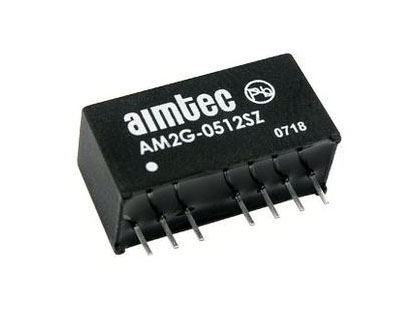 12V DC-DC Converter AM2G-0512SZ: Specifications, Datasheet, Applications and Features6/3/2024 522
12V DC-DC Converter AM2G-0512SZ: Specifications, Datasheet, Applications and Features6/3/2024 522A DC-DC converter is an essential electronic device to convert a direct current (DC) source from one voltage level to another. These converters are widely employed in various applications, including portable electronic devices, automotive systems, and renewable energy installations.
Читать далее >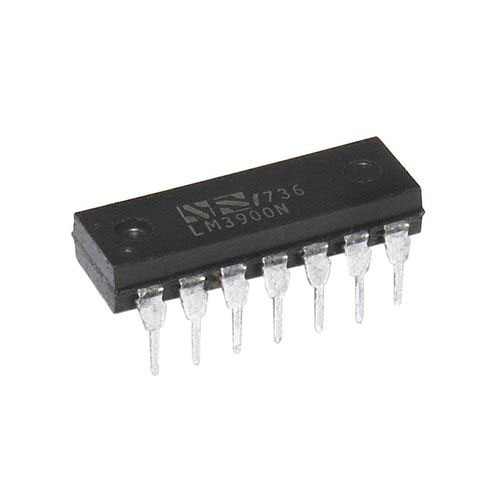 What is LM3900 Quadruple Norton Operational Amplifier?5/30/2024 1116
What is LM3900 Quadruple Norton Operational Amplifier?5/30/2024 1116The LM3900 consists of four independent dual-input internally compensated amplifiers. These amplifiers are specifically designed to operate on a single power supply voltage and provide a large output voltage swing. They utilize current mirrors to achieve in-phase input functionality. Applications include AC amplifiers, RC active filters, low-frequency triangle waves, square wave, and pulse waveform generation circuits, tachometers, and low-speed, high-voltage digital logic gates.
Читать далее >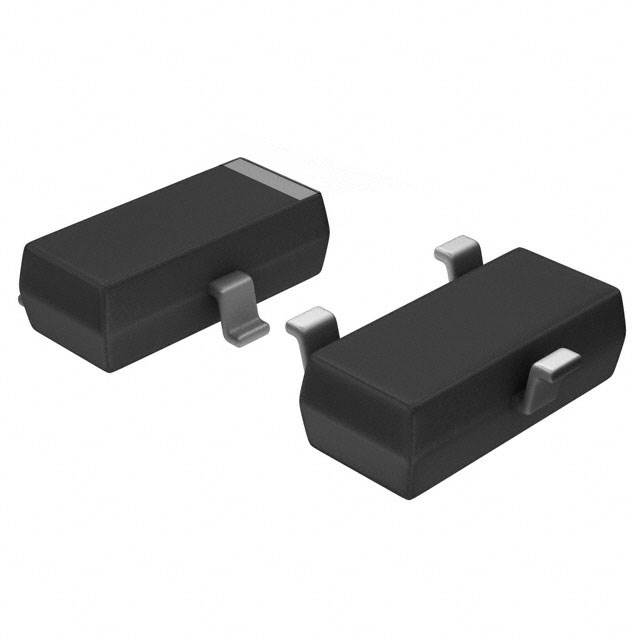 Exploring the MMBT3906 Transistor: A Comprehensive Guide5/24/2024 755
Exploring the MMBT3906 Transistor: A Comprehensive Guide5/24/2024 755The goal of the Taiwan Semiconductor MMBT3906 PNP Bipolar Transistor is to provide a high surge current capability with minimal power loss. This transistor is perfect for automated installation and has high efficiency.
Читать далее >














